The New Year opens with some great celestial action before dawn, featuring a close planetary conjunction and a total lunar eclipse.
If you’re looking for bright planets in the evening sky, unfortunately you won’t find any this month. In the eastern sky after sunset though, some of the sky’s brightest stars grace the sky. Winter boasts such bright stars simply because Earth faces us toward closer stars this time of year. Among these bright stars is the familiar constellation Orion the Hunter with the three stars in a row that make up his belt. Look for Orion in the east after sunset.
In the eastern sky by 5 am mighty Jupiter has ascended well above the horizon. By 6 am, Jupiter is high in the east and well-placed for viewing. Jupiter is easy to find because it’s the brightest object in this region of sky. At month’s onset, Jupiter is accompanied by reddish Mars hanging just above and to its right. Each morning Jupiter rises closer to Mars, reaching the closest approach on Jan 6 and 7, when the two worlds pair up for a remarkable conjunction. Aim a pair of binoculars at the duo and see them both at once in your field of view.
On the morning of Jan 31, the Earth, Moon and Sun line up delivering a total lunar eclipse. The last time we were treated to such an event was in September 2015. During a lunar eclipse, the Moon passes through Earth’s shadow, which stretches over 240,000 miles through space reaching the Moon. During a total lunar eclipse, the Moon passes through the darkest part of Earth’s shadow, known as the umbra. The accompanying reddish glow while the Moon is in totality is caused by sunlight refracted by Earth’s atmosphere.
Unfortunately, viewers in the Midwest won’t be able to see the entire eclipse, as the Moon sets during totality. However, viewers will be able to see the onset of the eclipse and a good chunk of totality. To view the eclipse, you don’t need any special equipment. Find a location with a clear horizon and look for the full Moon in the west around 6 am. At this time, the Moon begins entering the umbral shadow and gradually darkens over the next hour. By 7 am the sun is brightening the sky, making the eclipse tougher to see. The Moon sets around 7:30 am, still fully immersed in Earth’s shadow. While not necessary, a pair of binoculars or a telescope will enhance the view.
Article Provided by: Brad Nuest, Director of Education


